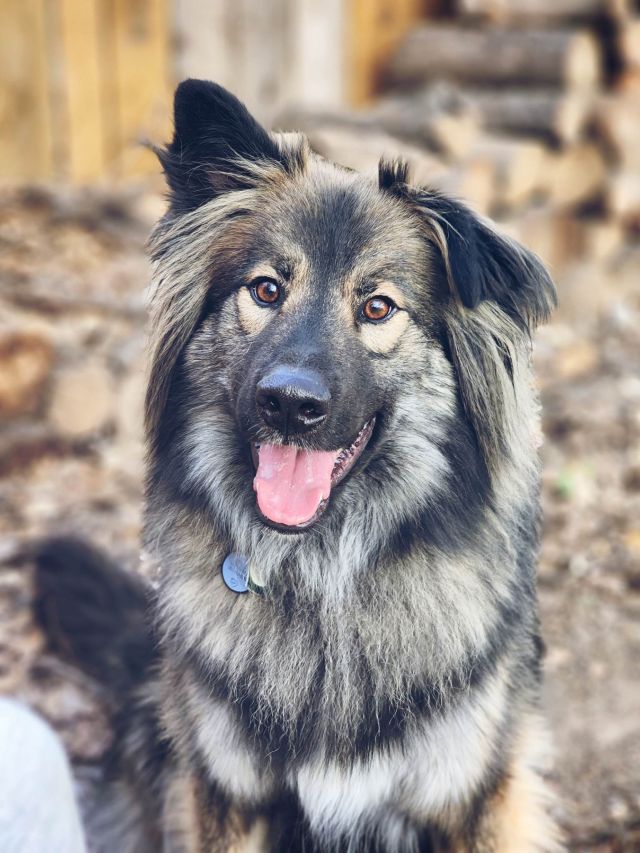Spring 2012 – Building Confidence in Your Puppy!
(For ease of explanation, I will be using male gender pronouns when describing “your” dog)
“Socializing Your Puppy” is a phrase that has come to mean “allowing your dog to interact with and learn from other dogs.” In the dog training world, “socializing your puppy” means much more than simply that. It also means building confidence in your puppy by exposing him to all sorts of new and unfamiliar things in a positive way, so he experiences no fear or overcomes his fear and is willing to check out even more new things as he gets older. Think about it, your puppy has only been in this world for a very short time and the world is a huge place! It would take forever to expose him to everything the world has to offer, but if you work on building his confidence right from the start, this will create an ability in him to continue experiencing new things for the rest of his life without initially reacting with fear. In other words, he will have developed the confidence to explore. The most important aspect of this activity is not how many new things you can expose him to, but rather, that every single interaction is carried out in a positive manner. Additionally, if your puppy shows any signs of hesitation or fear, your number one goal is to work with your puppy in a calm and rewarding way, so he overcomes his hesitation and associates the new thing with a good experience. Referring to Dr. Sophia Yin’s “Checklist for Socialization” from her book, Perfect Puppy in 7 Days as a guideline, here is a list to give you an idea of the types of interactions, with positive results as the goal, which will help build confidence in your puppy:
- Handling (such as touching the body, holding the puppy, examining the ears, mouth, eyes, and putting on and taking off collars, etc.)
- Unfamiliar People (all ages, heights of people, all manner of clothing like hats and sunglasses, and all types of movement like in a wheelchair, crawling, etc.)
- Unfamiliar Dogs and Other Species (old and young dogs who play well, cats, horses, birds, etc. (please supervise all interactions so that all animals and people are safe.))
- Surfaces (wood, grass, stairs, wet floors, mud, linoleum, agility equipment, bridges, etc.)
- Sounds (hair dryer, door bell, vacuum cleaner, sirens, etc.)
- Objects (skateboards, bikes, buses, garbage trucks, brooms, etc.)
- Environments (city streets, veterinary clinic, outdoor malls, inside pet-friendly stores, etc.)
With all of these activities, please keep in mind safety first and be careful not to over stimulate your puppy. Start with smaller, less intense situations and build from there. Confidence has to be built. Remember, the most important thing is that each experience is a positive one for your puppy. So, go slow and pay attention to your puppy, watching for any signs that he is feeling uncomfortable (i.e. backing away, head low, tail tucked, body crouched, turning head away, etc.). If the experience is a bit too much for him, talk calmly to him and give him some distance to the item. If necessary, guide him out of the situation. Then, turn around and expose him to something not quite as intense and celebrate the successful moment, even if it just one tiny step in the right direction. For more information about Dr. Sophia Yin’s book, please visit her website at www.drsophiayin.com.
The process of building confidence is certainly possible in older dogs. Ideally, if you have a puppy, then is the best time to work with confidence building, before they have had a chance to develop negative or scary associations with anything. But this behavior/training theory can work with any age dog. If you have any questions about your particular situation and dog, please consult with a professional trainer/behaviorist.
Content Copyrighted 2012. Tracey Derheim. All Rights Reserved.

